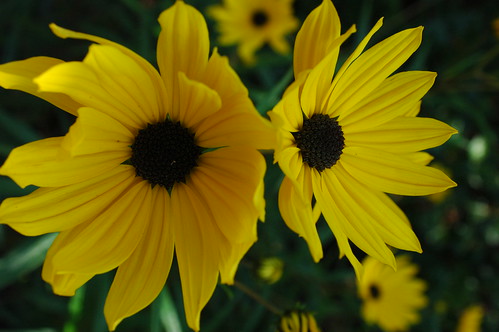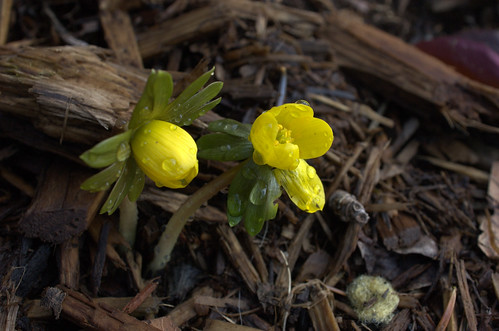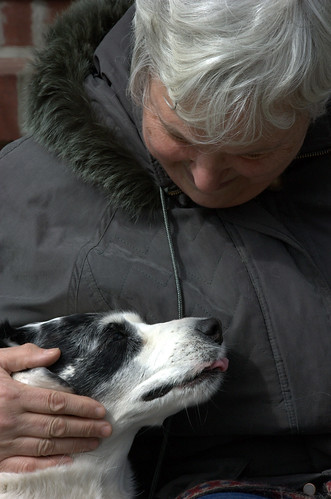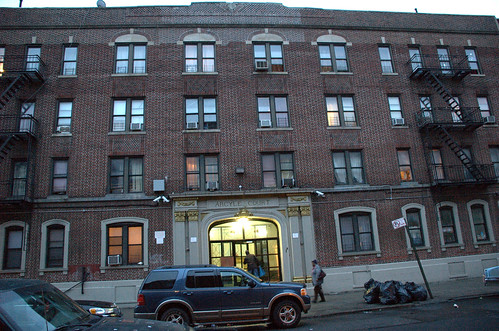Marine Grill Murals (1/6), depicting Native Americans in canoes rowing out to greet a schooner.
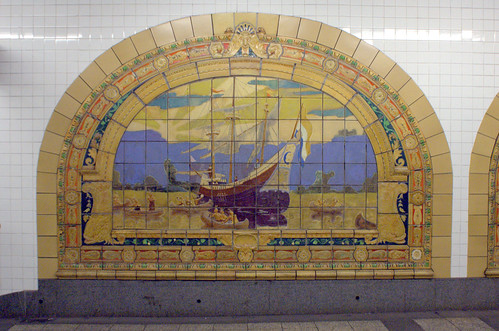
A: They’re rat-infested, crowded, dirty, smelly, and noisy enough to deafen a banshee. However, they are safer than they used to be. And they have magnificent tilework from the golden age of public transportation.
Q: What are the subways?
I work in downtown Manhattan. I remember when these tile murals were installed in the Broadway-Nassau Subway Station, astonished when they were revealed. These murals are unusual, even for the subway: they were not originally designed for or located in the subway. They’re also an object lesson in preservation: they were almost lost forever to residential conversion:
The 1913 Marine Grill murals by Fred Dana Marsh, now installed in the Fulton/Broadway/Nassau complex, were originally in a basement restaurant of the McAlpin Hotel on Herald Square. The developer converting the hotel to condos agreed at the last minute to preserve them. While the workers managed to remove most of the ceramic tiles without breaking them, they simply piled them at random in two dozen crates. MTA Arts for Transit had the crates delivered to a TA bus garage with some free floorspace, and a group of college interns spent their summer playing jigsaw puzzle! They were reinstalled at Broadway/Nassau in 2000.
– Artwork: Marine Grill Murals, 1913, www.nycsubway.org
Marine Grill Murals (2/6), depicting pilgrims arriving at a Dutch settlement on the shore, complete with windmill and hangings.

A 1990 article from the New York Times provides more background:
A collection of colorful terra cotta wall panels designed by the late muralist Fred Dana Marsh that depict New York City’s nautical heritage is looking for a new home. For over 40 years the 24 panels were the backdrop for the 250-seat Marine Grill at the McAlpin Hotel on Herald Square, which opened in 1912 and between World Wars was one of the city’s more fashionable restaurants.
…
Preservationists failed in a bid to have the restaurant designated by the Landmarks Preservation Commission but the wall tiles may be saved if a museum or historically oriented group can use them at a new location.
– POSTING: From the McAlpin; Nautical Tiles, Anyone?, By Richard D. Lyons, Published: January 21, 1990
Marine Grill Murals (3/6), appears to depict a British Man-o-War firing cannons in New York Harbor.

A 2001 article, also from the Times, follows up after the murals were installed in the subway:
It would have been hard for Susan Tunick, president of the Friends of Terra Cotta, to imagine a happy ending a decade ago [ie: 1991 or so, shortly after the above NY Times article was written] when she saw dumpsters at the McAlpin Hotel on Herald Square filled with fragments from the fabulously ornate Marine Grill murals of 1912 by Fred Dana Marsh. “It was truly devastating,” she recalled. “I could not go near it.”
That is not where the story ended, however. A rescue effort began that eventually involved the New York Landmarks Conservancy, the Municipal Art Society, the Landmarks Preservation Commission and the Metropolitan Transportation Authority.
…
Students working under Vel Riberto of the M.T.A. Arts for Transit program reassembled the jumbled pieces, which were turned over for conservation to the Alan M. Farancz Painting Conservation Studio and then reinstalled by New York City Transit workers as part of the overall renovation of the station.
“Something about this terra cotta brought out the best every person had to offer,” said Sandra Bloodworth, director of Arts for Transit. “It was the opportunity to put Humpty Dumpty back together again.” The project cost about $200,000.
– POSTINGS: Rescued McAlpin Hotel Murals From 1912 Find a Home in the Subway; For Terra Cotta, Terra Firma, By David W. Dunlap, Published: April 29, 2001
Marine Grill Murals (4/6), depicting Robert Fulton’s steamboat Clermont (1808).

Marine Grill Murals (5/6), depicting the Mauretania (1906).

Marine Grill Murals (6/6), depicting the Fall River Line steamboat COMMONWEALTH in 1908.

It’s also nice to see these murals show up in a visualization of the redesigned Fulton Street Transit Center, the construction of which has been disrupting traffic above and below ground for the past two years:
Fulton Street Transit Center: A view east to the A/C mezzanine, which will improve connections to the J/M/Z platforms. Credit: LowerManhattan.info. Source.

I found some more information, including descriptions of what’s depicted in each mural, in This Week in New York. This helped me make out as best I can what’s depicted in each mural:
The landmarked terra-cotta murals, designed by Fred Dana Marsh, reveal the history of New York harbor, making their 2000 move to this downtown station near the water rather sensible. The murals depict Native Americans rowing out in canoes to greet a large schooner, pilgrims landing on the shore (look for the Dutch windmill and the two people being hanged), Robert Fulton’s Clermont steamer, a luxury liner sailing in front of the more modern New York City skyline, and lots of other ships bearing a multitude of international flags. In addition to the murals (of which there were originally twenty at the McAlpin), the intricately carved ironwork entrance gate to the restaurant is on display as well.
– Exposed bodies and marine murals at the Seaport [Note: Skip past the gruesome photos preserved Chinese prisoners bodies from the Bodies exhibit.]
Ironwork gate from the Marine Grill Restaurant, Broadway-Nassau Subway Station

I can find little information about the artist. Although a Google search turns up hundreds of hits, most of them simply duplicate the same information. He was born in 1872 and died in 1961. There is a Fred Dana Marsh Museum in Tomoka State Park in Ormond Beach, Florida, near Daytona Beach.
Links:









